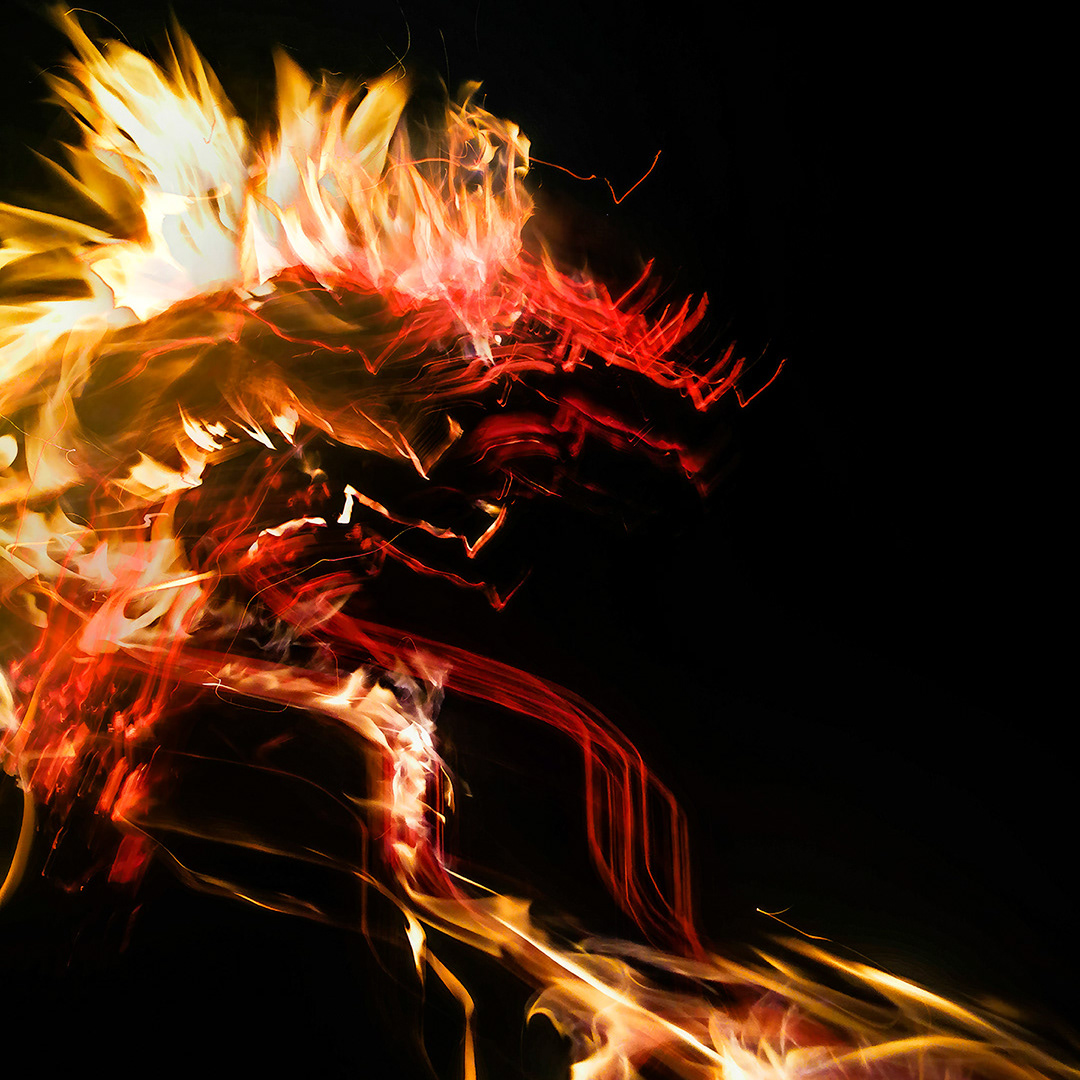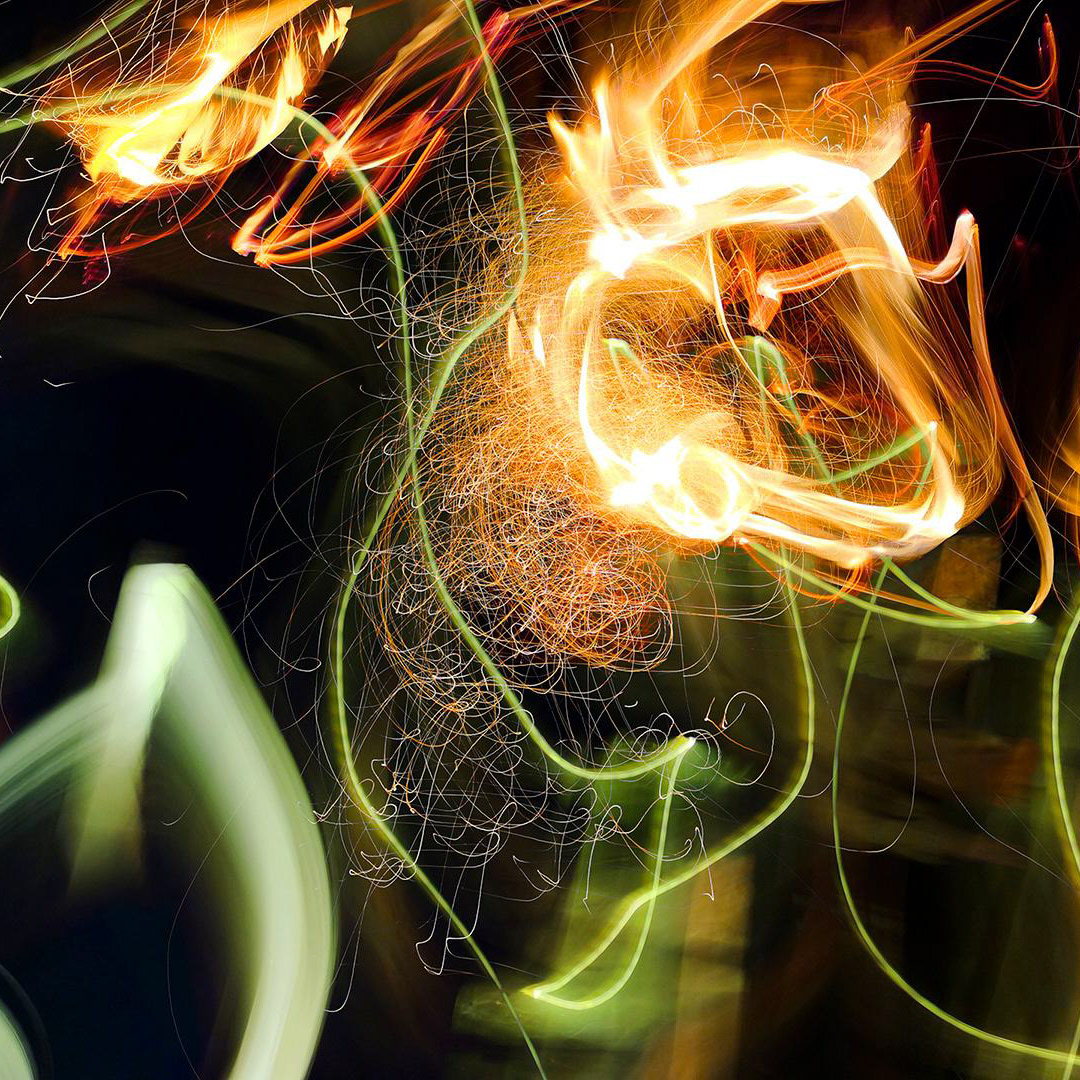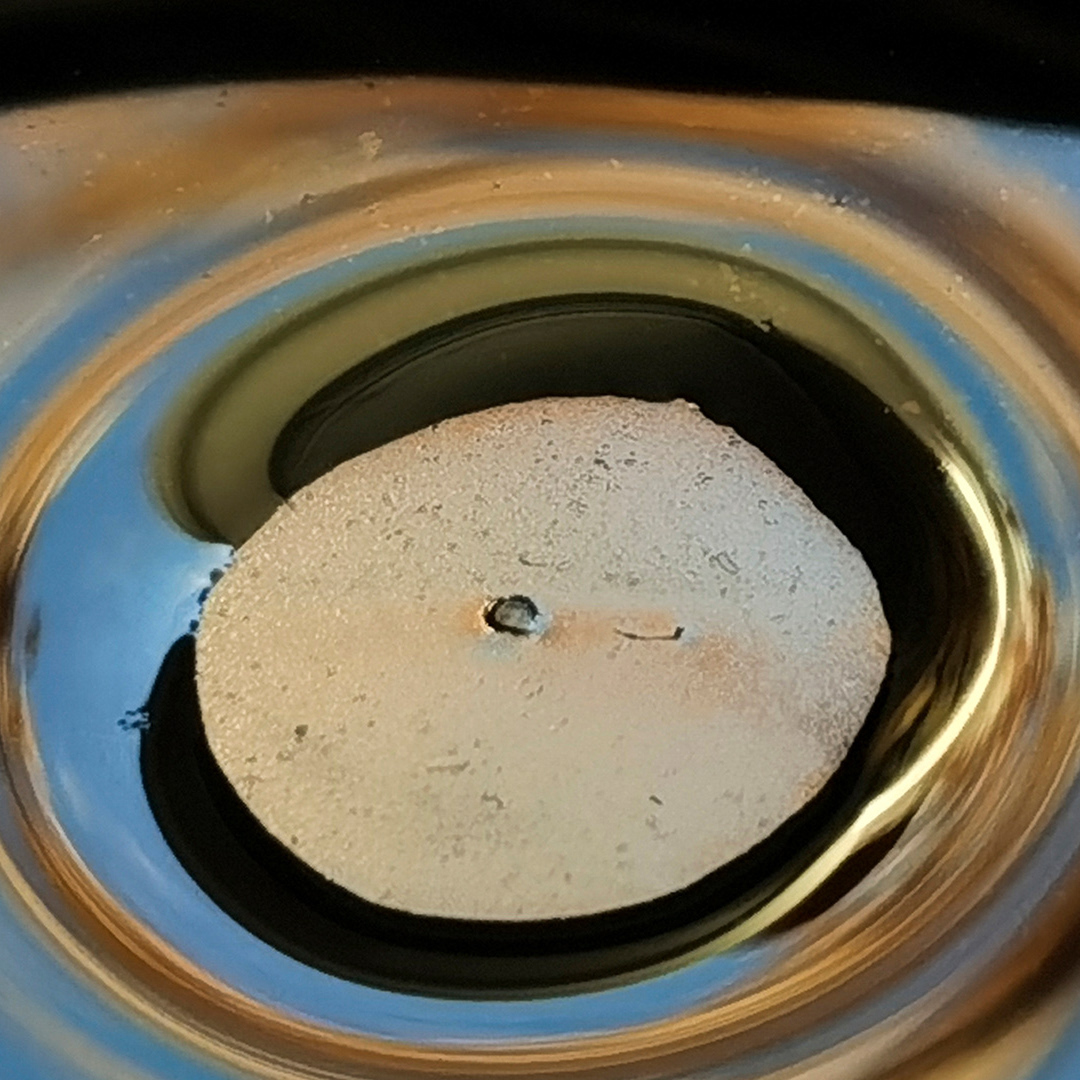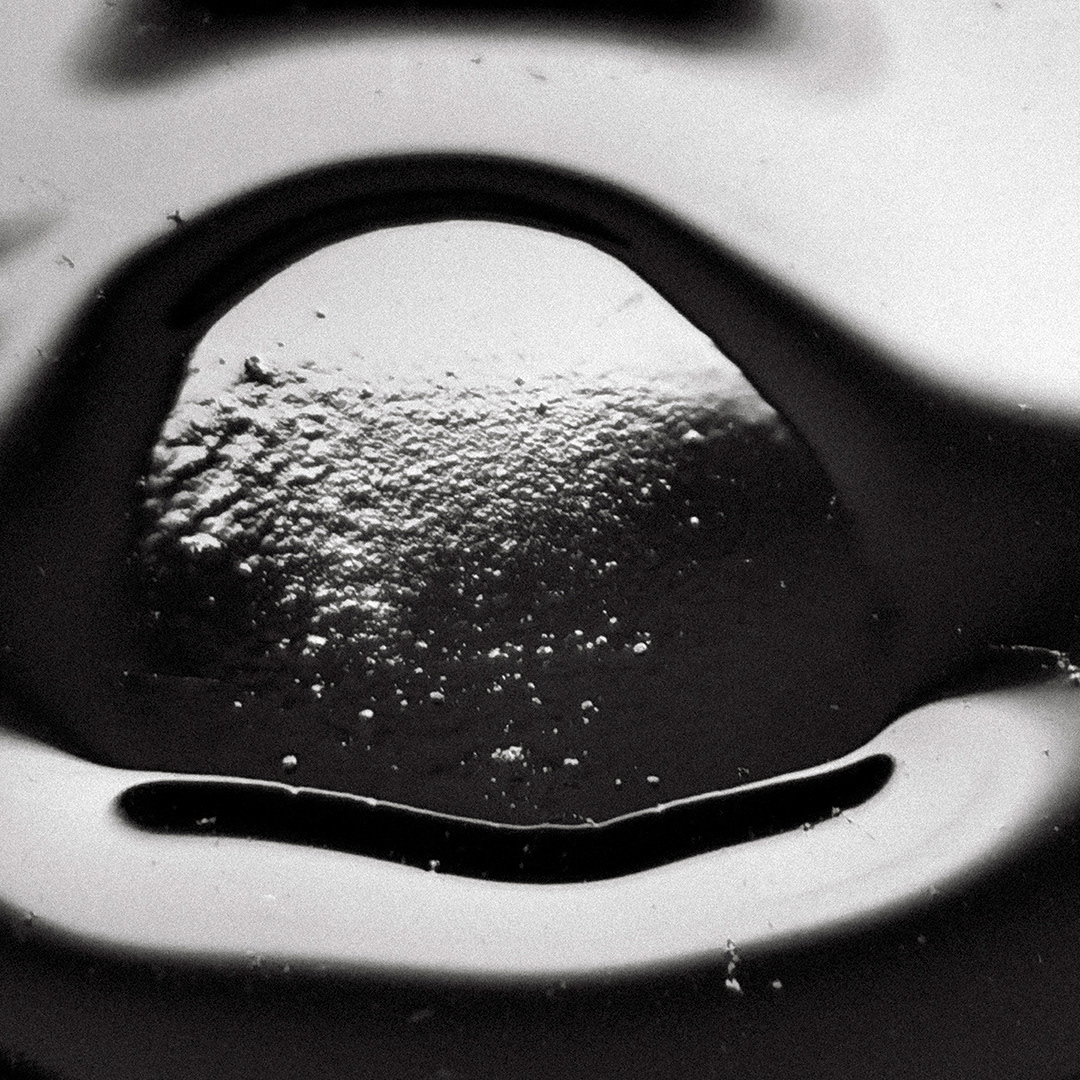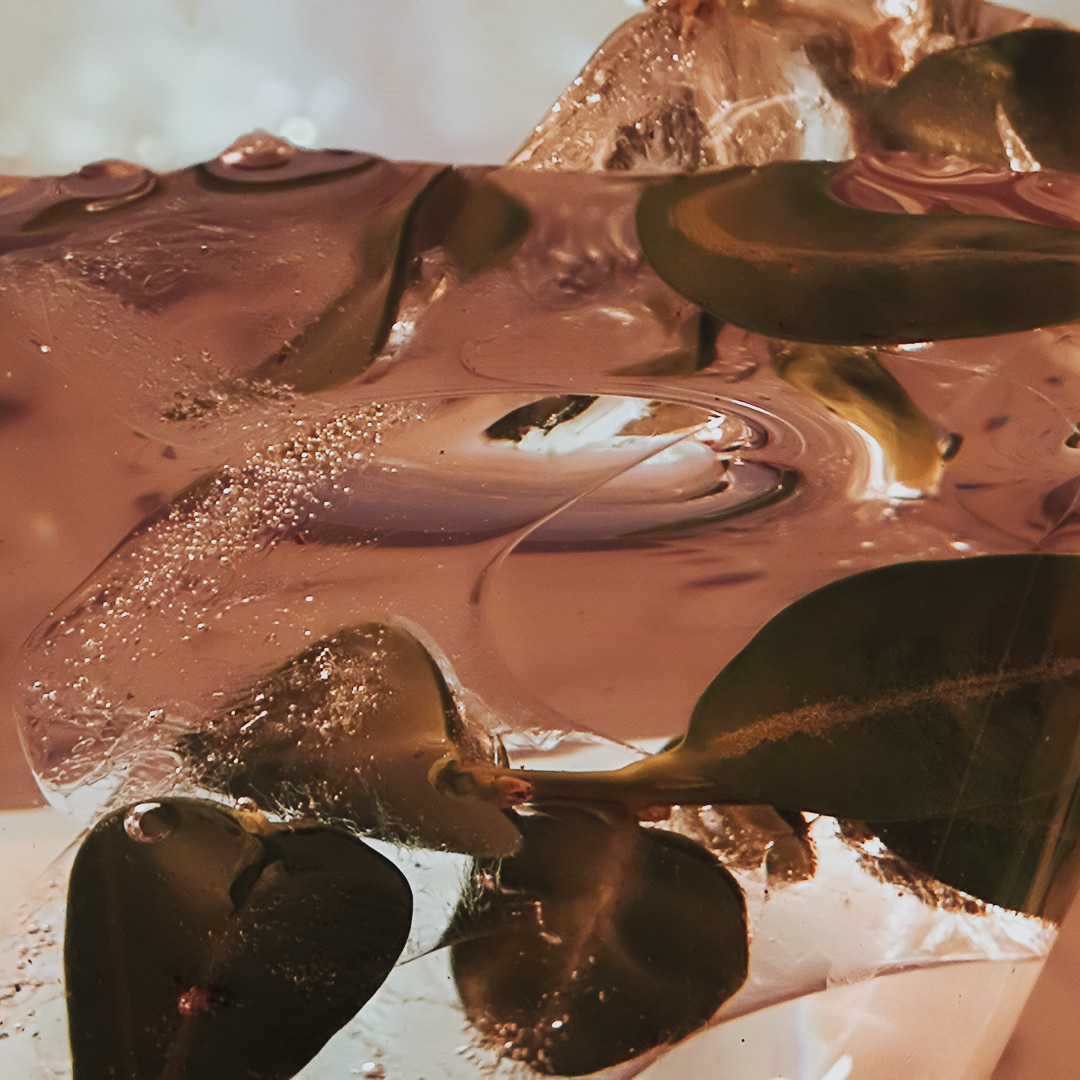Slow Inscriptions documents time's patient authorship on weathered surfaces. These photographs capture walls, wood, metal, and stone marked by decades of oxidation, erosion, organic growth, and decay—processes that unfold too slowly for human perception yet leave indelible traces. Unlike the intentional interventions explored in previous work, this series observes time as an autonomous force, writing without consciousness or design, creating compositions through the accumulated effects of moisture, air, temperature, and biological activity.
The surfaces function as palimpsests, bearing multiple temporal layers: original construction, subsequent weathering, human intervention, natural reclamation. Rust bleeds across metal; moss colonizes cracks; paint flakes to reveal underlayers; moisture stains create abstract patterns. Each mark records a specific environmental condition, a particular moment in a continuous process of transformation. These are not static objects but documents of ongoing change, caught mid-process by the camera's intervention.
The work resists photography's traditional impulse toward the dramatic moment, instead attending to what is gradual, incremental, almost imperceptible. Where Cursive Fire captured elemental energy in explosive motion and Temporal Weaving recorded urban velocities, Slow Inscriptions contemplates geologic time compressed into architectural surfaces—the patient work of water, air, and microorganisms, the quiet insistence of entropy.
Slow Inscriptions #01
There is a paradox at the heart of this series: photography, a medium of instantaneity, documenting processes that occur over years or decades. The single photograph compresses vast durations into a single frame, making visible what normally escapes attention. What appears as texture or pattern is actually temporal accumulation—each crack a moment of structural failure, each stain a history of moisture movement, each patch of lichen a successful colonization over seasons.
The compositions emerge without human intention, yet they possess aesthetic qualities that rival deliberately created works—the color harmonies of rust and moss, the gestural qualities of water stains, the textural richness of decay. This raises questions about authorship and creativity: if time and natural processes can produce visual complexity indistinguishable from art, what constitutes artistic intentionality? The photographer's role becomes that of recognition rather than creation, of attending to what already exists rather than imposing form.
Slow Inscriptions #02
These photographs document the beautiful violence of entropy, the way all ordered systems tend toward disorder, how maintenance is a constant battle against inevitable decay. Yet there is no tragedy here, only transformation—rust as iron returning to oxide, moss as life flourishing in abandonment, cracks as structures yielding to fundamental forces. The surfaces bear witness to time's democracy: it acts upon all materials equally, patient and relentless, indifferent to human value or intention.
The work invites viewers to reconsider what deserves photographic attention. Not the spectacular or the rare, but the ubiquitous and overlooked—the walls we pass daily without seeing, the textures we register only as neglect or deterioration. By isolating these surfaces, removing them from utilitarian context through photographic framing, the images reveal the inadvertent beauty of temporal processes, the aesthetic dimension of decay, the eloquence of surfaces slowly rewritten by time's patient hand.
Slow Inscriptions #03
Slow Inscriptions #04
